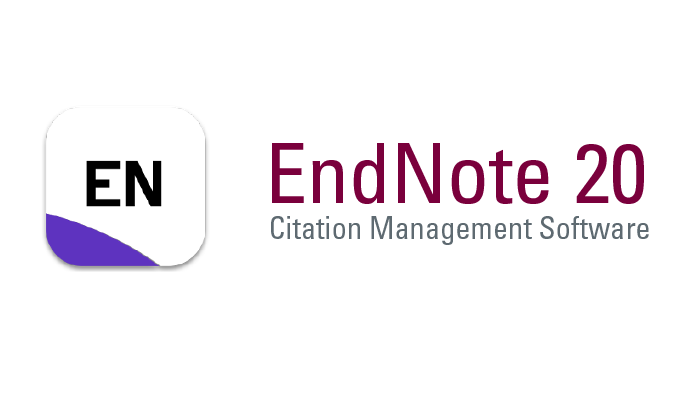KONSEP MANAJEMEN SYARIAH PADA BAITUL MAL GAMPONG KECAMATAN BANDA SAKTI KOTA LHOKSEUMAWE
DOI:
https://doi.org/10.47887/amd.v4i1.110Keywords:
Baitul Mal, ManajemenAbstract
Each Baitul Mal Gampong must manage each Baitul Mal Gampong fund based on management that is in accordance with the Islamic concept. Each village in Banda Sakti sub-district, Lhokseumawe City has a different management concept in managing Baitul Mal. As for the formulation of the problem in this study are: one. how is the concept of Sharia management at Baitul Mal located in the sub-district in Banda Sakti District, Lhokseumawe City? 2. What are the obstacles in implementing Sharia management at Baitul Mal which is in the Banda Sakti sub-district, Lhokseumawe City. The research method in this writing is a qualitative research method with data collection techniques based on observation, interviews and documentation. The conclusions that the authors can obtain in this study are as follows: one concept of Sharia management, even in villages located in the sub-district of Lhokseumawe City, has the concept of planning, organizing implementation, and evaluating. the concept of Sharia management, namely the Kampung Mall is based on 5 principles, namely the principles of monotheism, caliph, justice, Ukhuwah and Maslahah. be it village malls that apply sharia management concepts that do not fully apply sharia management concepts, namely Gampong Ujung Blang and Gampong Pusong Lama. in carrying out the management of Baitul Mal Gampong, namely as follows first, understanding of fiqh by amil does not understand, second, lack of quality human resources, third, the technology used is still low, fourth, lack of public awareness in paying zakat. the lack of public trust in every Baitul Mall village in the Banda Sakti sub-district, Lhokseumawe City
References
Azra, Azyumardi. (2012). Pendidikan Islam; Tradisi dam Modernisasi di Tengah Tantangan Melenium III. Jakarta: Kencana.
A. Shabri, dkk. (2003). Biografi Ulama-Ulama Aceh Abad XX, jilid II. Banda Aceh: Dinas Pendidikan dan Kebudayaan Aceh.
Ghazali, H., Abu. (1980). Ihya’Ulumuddin, juz VII-IX (Vol. Juz VII-IX). Beirut: Daarul Fikr.
Krauss, S. E., Hamzah, A., Juhari, R., & Abdul Hamid, J. (2005). The Muslim Religiosity-Personality Inventory (MRPI): Towards understanding differences in the Islamic religiosity among the Malaysian youth. Pertanika Journal of Social Sciences & Humanities, 13(2), 173-186.
Agus Sriwulan. (2017). Penerapan Model Kooperatif Tipe Simultaneous Roundtable untuk Meningkatkan Keterampilan Sosial Siswa. Jurnal Pendidikan Dasar Islam. 9(2): 11-13.
Ibnu Syarif. (2011). Modernisasi dan Tardisionalisi Dayah di Aceh. Skripsi/Tesis/Disertasi. Institut Agama Islam (IAIN) Lhokseumawe.
Downloads
Published
How to Cite
Issue
Section
License
Copyright (c) 2023 Muhammad Yunus, Isnu Cut Ali, Mulkan Syahriza, Cut Janiati

This work is licensed under a Creative Commons Attribution-ShareAlike 4.0 International License.
Authors retain copyright and grant the journal right of first publication and this work is licensed under a Creative Commons Attribution-ShareAlike 4.0 that allows others to share the work with an acknowledgement of the works authorship and initial publication in this journal.
All articles in this journal may be disseminated by listing valid sources and the title of the article should not be omitted. The content of the article is liable to the author.
Authors are able to enter into separate, additional contractual arrangements for the non-exclusive distribution of the journal's published version of the work (e.g., post it to an institutional repository or publish it in a book), with an acknowledgment of its initial publication in this journal.
Authors are permitted and encouraged to post their work online (e.g., in institutional repositories or on their website) prior to and during the submission process, as it can lead to productive exchanges, as well as earlier and greater citation of published work.
In the dissemination of articles by the author must declare the Al-Madaris Jurnal Pendidikan dan Studi Keislaman as the first party to publish the article.














